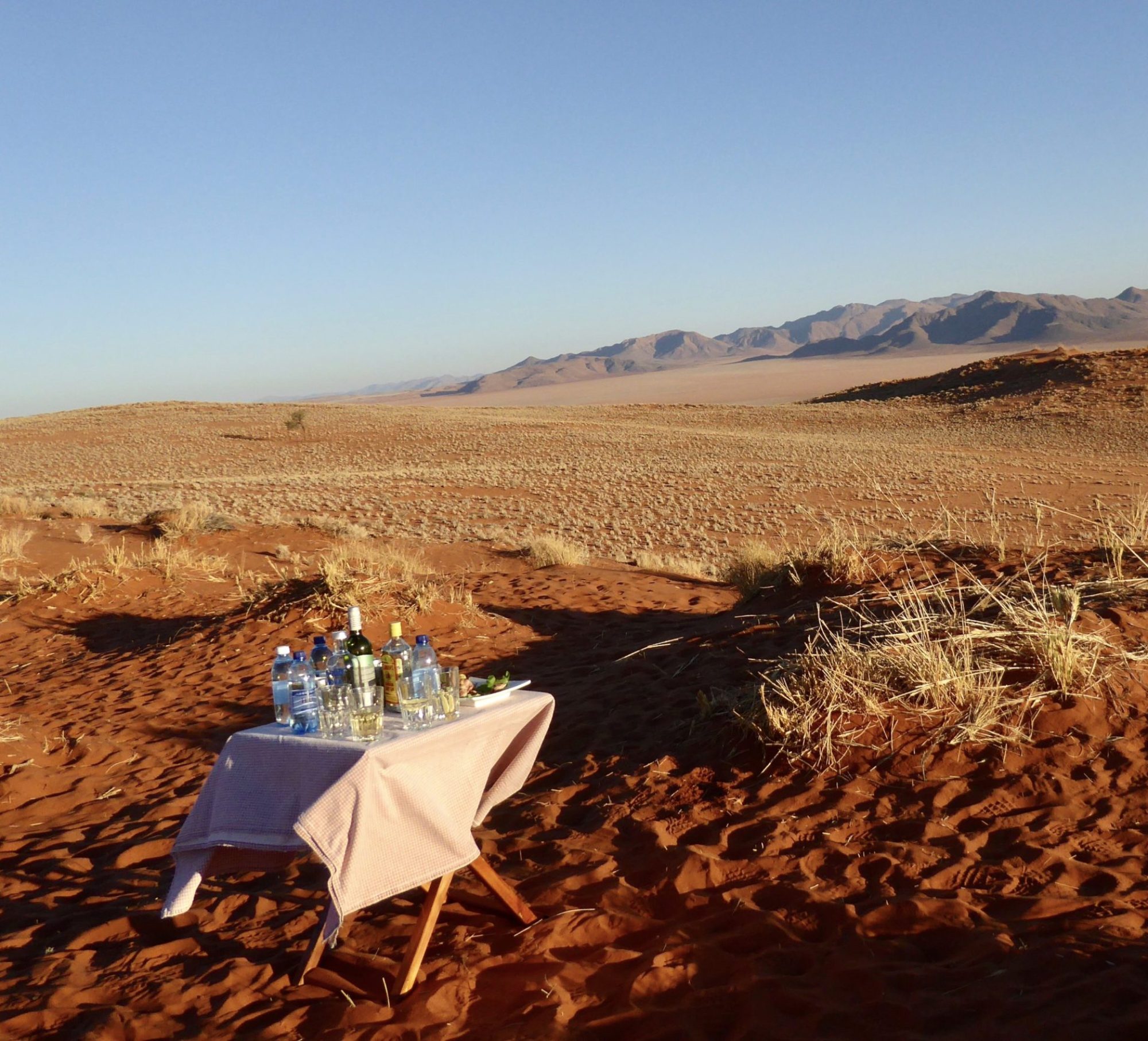
Covington, Louisiana
Walker Percy said he chose to live in Covington, Louisiana, because it “falls between places.” Compared to nearby New Orleans, which is “very much of a place,” this little town on the north side of Lake Pontchartrain, occupies what Percy called “a kind of interstice” within the South, a region we all know takes great pride in its strong sense of place. That’s because Covington is also part of a distinct smaller territory with a history all its own, a collection of southeastern Louisiana parishes that for 74 days in the early 19th century was part of the independent Republic of West Florida.
More than two hundred years later, there are still signs of the region’s rogue history. In St. Francisville, the little nation’s onetime capital, there’s a monument on the beautiful grounds of the West Feliciana Parish courthouse that boasts of the republic having its own constitution, governor, and small army. Presumably, that was the same army that led an insurrection against the region’s Spanish overlords on September 23, 1810.
The republic’s Bonnie Blue Flag, with its single white star on an azure field, can be seen on signs along Interstate 12 between Baton Rouge and the Mississippi state line, a stretch of highway officially called the West Florida Republic Parkway. Under Louisiana state law, the courthouses in the so-called Florida parishes must fly the flag over their courthouses.
On a bluff of the Mississippi in downtown Baton Rouge, near the State Capitol, you can find a neglected old historical marker that tells the story of the capture of Spain’s Fort Carlos. The Florida parishes were not part of the Louisiana Purchase. Both Presidents Thomas Jefferson and James Madison schemed how the U.S. could steal the territory from Spain. Jefferson hoped that one day a critical mass of new American settlers would take up arms against Spain. When that did happen, Madison made up a spurious legal argument that justified acquisition of the territory. He did so by way of a proclamation on October 27, 1810. Six weeks later, on December 10, American troops raised the Stars and Stripes over Baton Rouge, thereby ending the existence of what Walker Percy’s biographer called a “small, spunky, and short-lived nation.”
Three decades before the Anschluss, West Florida had been something of a haven for Tories running from victorious—and vindictive—American revolutionaries. It was also the place where the likes of David Bradford, one of the leaders of the Whiskey Rebellion in Western Pennsylvania, found refuge. The region’s great advantage to all variety of fugitives, renegades, and outlaws was that it wasn’t under American control.
Percy loved his town’s “tradition of orneriness and dissent.” He credited it to the region’s early nonconformist settlers. But political refugees were almost certainly outnumbered by the rough-hewn frontiersmen and shady small-time land speculators who came down from the upper South. William C.C. Clairborne, the first governor of the American state of Louisiana, which absorbed the Florida parishes in 1812, is reported to have said that “a more heterogenous mass of good and evil was never before met in the same extent of territory.”
While Americans are all too familiar with the scourge of placelessness—of one suburban town feeling like any other—what Alabama-born Percy was running from was the crushing conformity that can come with belonging unquestioningly to one place and its attendant tribe.
The great humanist geographer Yi Fu Tuan has argued that people experience the world sensing the ever present tension between place and space. “Place is security, space is freedom: we are attached to one and long for the other.” The same principle holds for our intellectual and political lives.
Yes, it feels good to belong. There is, indeed, safety in numbers. But too much safety can be stifling. And as America becomes ever more polarized—both politically and culturally—each camp tolerates less internal dissent. There is less and less room for nuance or complexity let alone outright heresy, which one would think are prerequisites for intelligent debate. Likewise, there are fewer in-between places where belonging is still ostensibly voluntary as opposed to coerced. This polarization makes navigating social life in America a rather fraught endeavor. Conversations are becoming more boring, stilted, predictable. But I, for one, am committed to finding the interstices wherever they exist, the small pockets between monocultures where heretics stand a slightly better chance of survival.
Last summer, I spent a wonderful Saturday night in a back-alley garage bar in New Philadelphia in East Central Ohio, a town that straddles the Cleveland and Pittsburgh media markets. On the left side of the horseshoe-shaped counter sat hardcore Browns fans. On the right side were the snarkier Steeler fans who hurled the occasional insult at their cross-bar rivals. Without knowing of the divide, I sat smack in the middle, where I was able to escape both the insults and the forced kinship. After convincing the fellas that I knew the slightest thing about football, I was eventually excused from their rivalry for being an out of towner. Don’t think it didn’t help, however, that I had camped out in a space between.

